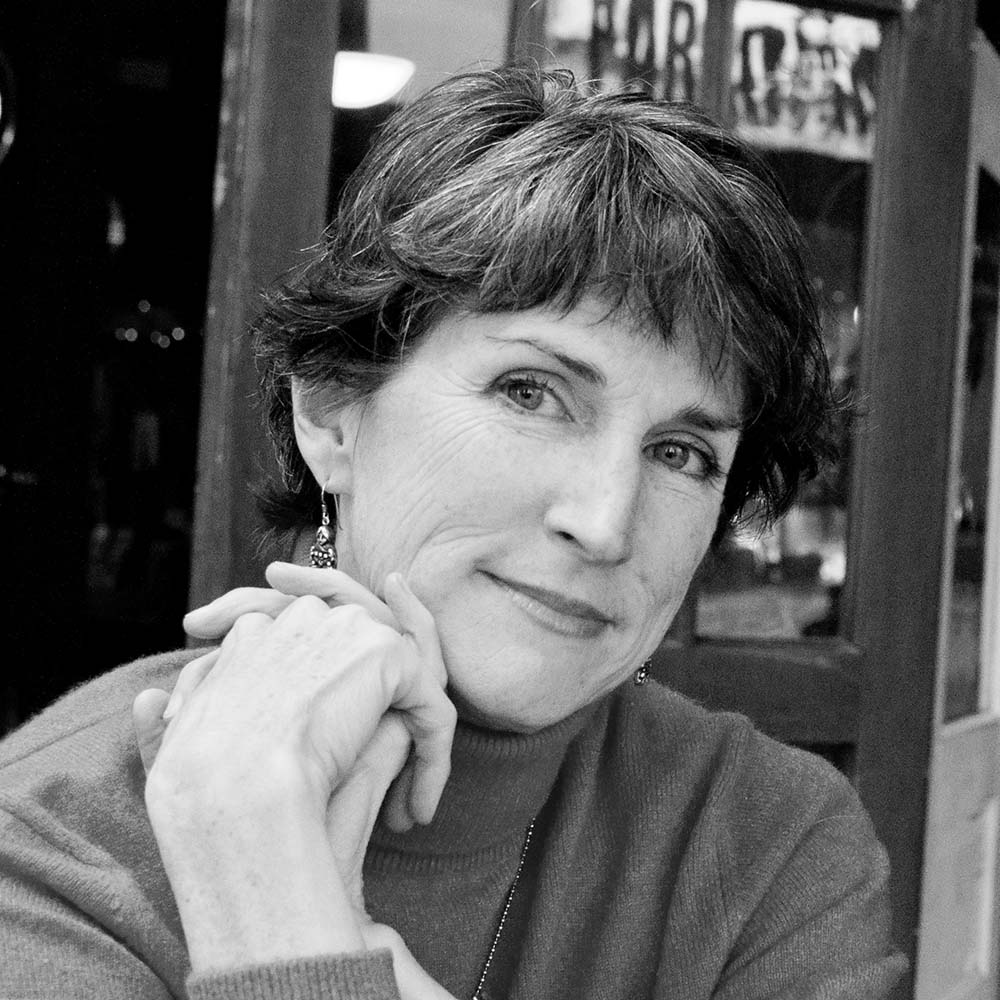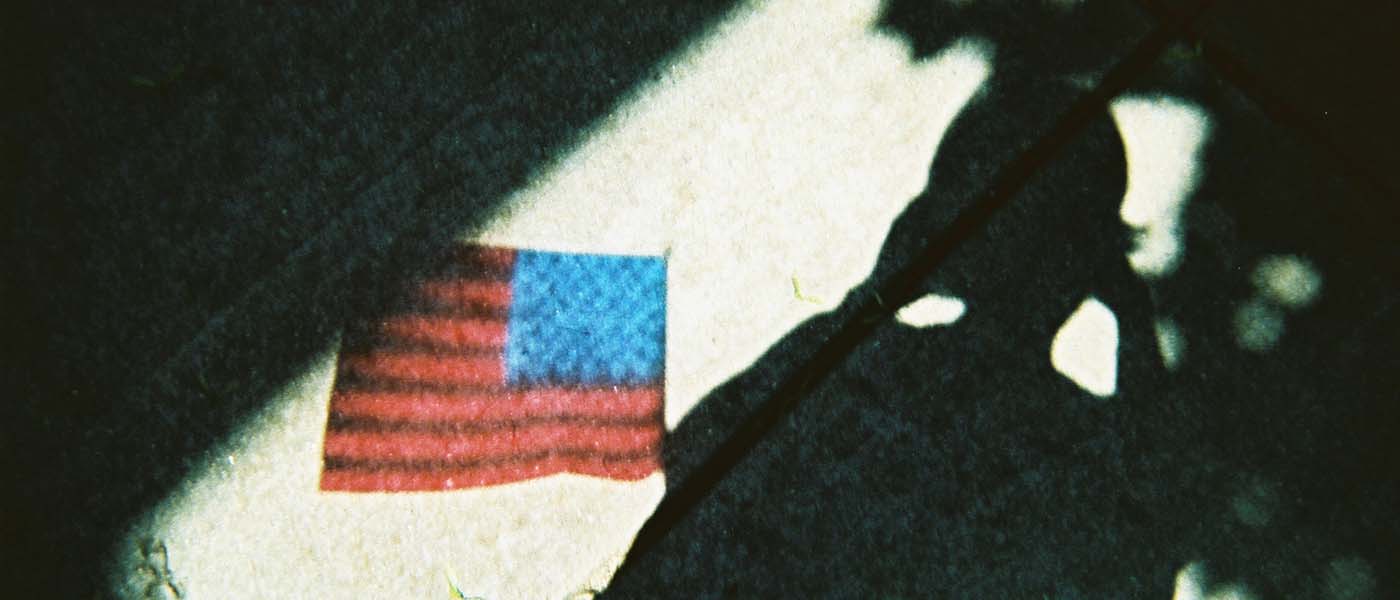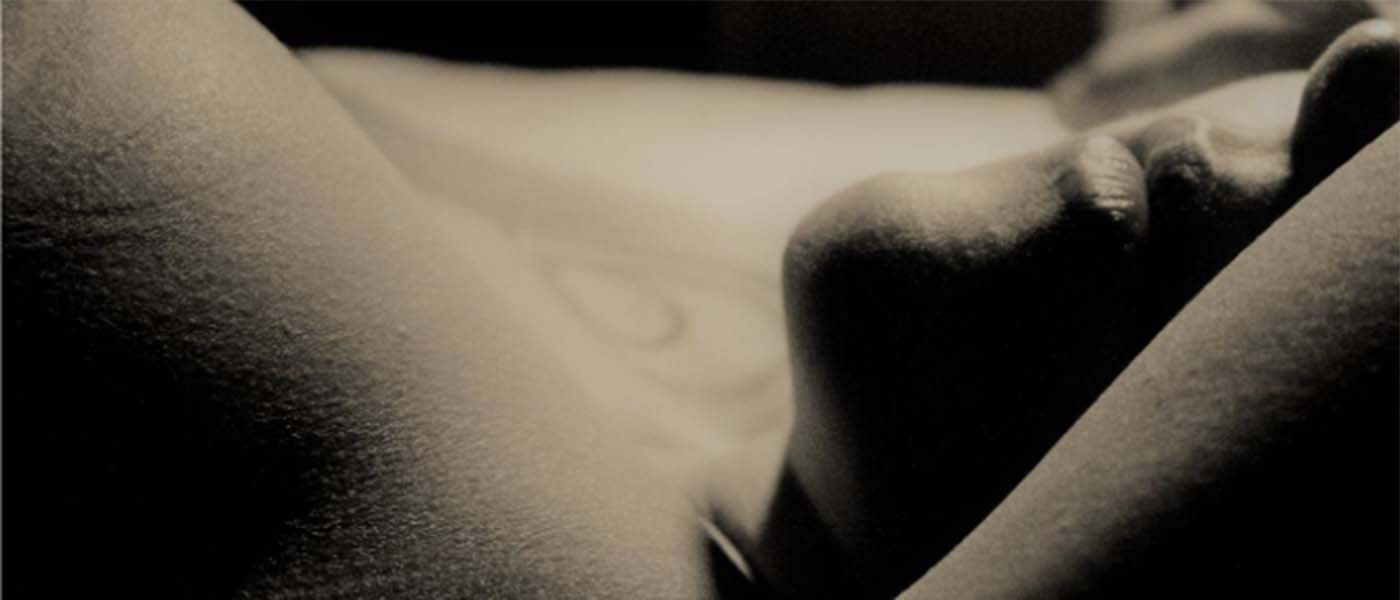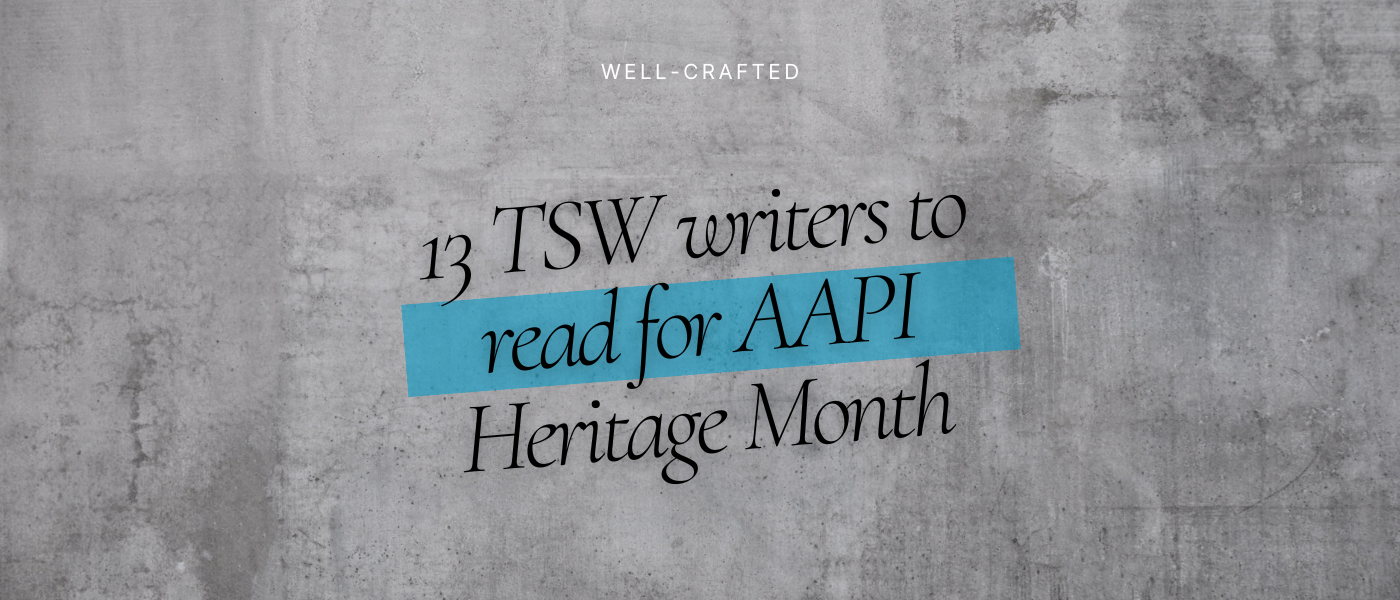Most of the time I can avoid looking at my left breast — or whatever it’s called now — but when I do, I see the little red capillaries above and below the seven-inch scar snaking from my sternum up into my armpit. Telangiectasias. I try to wrap my mouth around that word and find it is as incomprehensible as cancer. The scar reminds me of an aerial photograph of a river with little tributaries slithering into the surrounding land. Is it the area formerly known as left breast? Is it the wasteland? I’m not sure what to call something that no longer exists.
I had refused to think of my cancer as a battle; I didn’t want to invite conflict into my body. I kept the fight on the outside, where I could see the confrontation occurring. A demilitarized zone, or demammarized zone, as I sometimes called it. I wanted to flush my tumor down the toilet and out to sea with my chemo-tainted urine, so toxic my son and dogs were not allowed in the bathroom with me. I trace my finger along the scar, swirling my finger in a small circle where my nipple should be as if caught in an eddy.
I had read Are You There God, It’s Me Margaret along with all the other girls in sixth grade and waited patiently for some hint of breasts blossoming on the arid plain of my chest. In junior high, Cynthia Wiggins’ gym locker was right next to mine; she liked to chat as she changed clothes. She had thick glasses and caramel colored hair feathered just so, which made her look like a pretty dork. One day, I glanced at her out of the corner of my eye and realized that she had become a woman from the neck down, but with the face and mannerisms of an awkward twelve-year-old. She wore a light purple bra with some lacy details. In my own plain white undershirt with a tiny satin bow on the scoop neck, I hunched my shoulders forward as if making a shield for my chest that might somehow hide what was missing underneath. I wanted to disappear into my locker and hide until my body caught up with the other girls. I started to take an inordinate amount of time changing my pants and shoes to skip shedding my shirt in front of my classmates. At night, I would pinch my nipples, trying to make them swell.
And, now, when I do my monthly self-exam in front of the mirror, I look at myself, my whole, yet incomplete self, and notice my shoulders are curled in. It is as if I’m that twelve-year-old girl again, hiding my lack of sexuality. I straighten my shoulders and feel my pectorals strain. I confront my reflection and ask the mirror, “What’s wrong with this picture?” and feel like I am an illustration in a children’s magazine. On my left side, the hollowed out chest where my breast used to be, my ribs and pectorals are in sharp relief under my skin, the scar thin and white with the lacy red capillaries like a frayed hem above and below the scar. Three small white scars from the surgical drains punctuate the design. I stroke the scar and skin, on guard for any small changes, any little pimple-like bumps.
I glide across my sternum and continue the exam on my healthy breast, my only breast, and palpate the fibrous tissue beneath the surface. Goose bumps bloom on my areola. The inch-long white scar from my port is visible below my tattoo of five stylized stars, connected by thin black lines — the Cancer constellation — the only reminder of cancer on my right breast. I run my forefinger over my scar again, as if I’m following a river on a map. I wish I could dip my fingers in the River Lethe, blot out the memory, return to what used to be.




